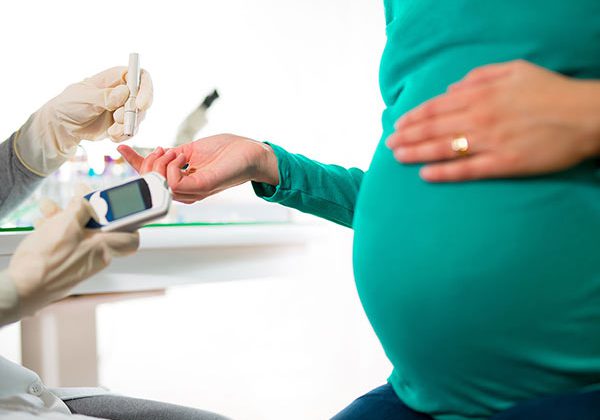Uterine Microbiota Play a Key Role in Implantation and Pregnancy Success in in vitro Fertilization
Endometrial microbiota play an important role in determining whether women are able to get pregnant via in vitro fertilization (IVF), according to a new study published in the American Journal of Obstetrics and Gynecology.
“The uterine cavity has been considered sterile,” explained lead investigator Carlos Simón, MD, PhD, of Igenomix Spain, and the Department of Obstetrics and Gynecology of the University of Valencia, Spain. “Our team sought to test the existence of endometrial microbiota that differs from that of the vagina. We assessed its hormonal regulation and analyzed the impact of the endometrial microbial community on reproductive outcome in patients undergoing IVF.”
 To identify the existence of an endometrial microbiota, investigators evaluated paired samples of endometrial and vaginal fluid obtained from 13 fertile women in pre-receptive and receptive phases within the same menstrual cycle. To investigate the hormonal regulation of the endometrial microbiota during the acquisition of endometrial receptivity, endometrial fluid was collected at pre-receptive and receptive phases within the same cycle from 22 fertile women. Finally, the reproductive impact of an altered endometrial microbiota in endometrial fluid was assessed by implantation, ongoing pregnancy, and live birth rates in 35 infertile patients undergoing IVF with a receptive endometrium diagnosed using the endometrial receptivity array based on gene expression.
To identify the existence of an endometrial microbiota, investigators evaluated paired samples of endometrial and vaginal fluid obtained from 13 fertile women in pre-receptive and receptive phases within the same menstrual cycle. To investigate the hormonal regulation of the endometrial microbiota during the acquisition of endometrial receptivity, endometrial fluid was collected at pre-receptive and receptive phases within the same cycle from 22 fertile women. Finally, the reproductive impact of an altered endometrial microbiota in endometrial fluid was assessed by implantation, ongoing pregnancy, and live birth rates in 35 infertile patients undergoing IVF with a receptive endometrium diagnosed using the endometrial receptivity array based on gene expression.
When paired endometrial fluid and vaginal fluid samples from the same patients were examined, different bacterial communities were detected between the two sites in some women. The microbiota in the endometrial fluid was classified as Lactobacillus-dominated or non-Lactobacillus-dominated microbiota. There was no evidence that steroid hormones played a role in determining the composition of the microbial community in the endometrium. On the other hand, women with a non-Lactobacillus-dominated microbiota and a receptive endometrium had a significantly lower rate of implantation, pregnancy, and live birth than patients with a Lactobacillus-dominated microbiota.
In an accompanying commentary, Linda C. Giudice, MD, PhD, Distinguished Professor and reproductive endocrinologist at the University of California San Francisco, noted that reproductive success is clearly not solely defined by endometrial histology and gene expression. The ongoing revolution in technology, multiple -omics, and multidimensional data analysis has opened the window of implantation to a greater level of scrutiny. It is time to investigate the endometrial microbiome and expand research to its virome, fungome, epigenome, and metabolome, she wrote.
Putting the significance of this study into perspective, Roberto Romero, MD, DMedSci, Chief of the Perinatology Research Branch of NICHD/NIH and Editor-in-Chief for Obstetrics of the American Journal of Obstetrics and Gynecology, commented that “the endometrial cavity is not sterile and normally contains bacteria; however, whether bacteria within the cavity play a role in successful reproduction has been unknown to this point. The pioneering work of the team of Professor Simón now shows, for the first time, that colonization of the uterine cavity with some bacteria (non Lactobacillus-dominated) affects the success of in vitro fertilization, pregnancy rates, and live births. This brings hope that diagnostic tests to examine the microbial composition of the uterine cavity may be valuable in assessing the likelihood of success of IVF. Moreover, it raises the question of whether targeted treatment with antimicrobial agents or probiotics may be useful in improving reproductive success, and suggests that successful reproduction may depend on a host-microbial relationship in the endometrial cavity, unknown before this time.”
Source: Elsevier
American Journal of Obstetrics and Gynecology




